How to choose the right mood when decorating is like writing the soundtrack to your home. It’s one of the most important steps in interior design and crafting a space that truly reflects your personality and evokes the desired emotions. Choosing the right mood is paramount and the mood of space sets the tone for how you feel and interact with your surroundings. Whether you’re decorating a cozy living room, designing a productive home office, or creating a serene bedroom, understanding how to choose the right mood is essential.

In this comprehensive guide, we will explore the art of selecting the perfect mood when decorating your home. From understanding the impact of color to considering alternative factors that contribute to the ambiance, we’ll get into various aspects of creating an atmosphere that resonates with your unique vision and enhances your overall well-being.
Let’s explore how colors affect our feelings, learn about different textures and materials, and find out how lighting, furniture arrangement, and personal touches can make your home special. After reading this guide, you’ll have the know-how and ideas to turn your home into a cozy place that really shows off your style, personality, and the emotions you want to feel.
How Does Your Home’s Mood Affect You?
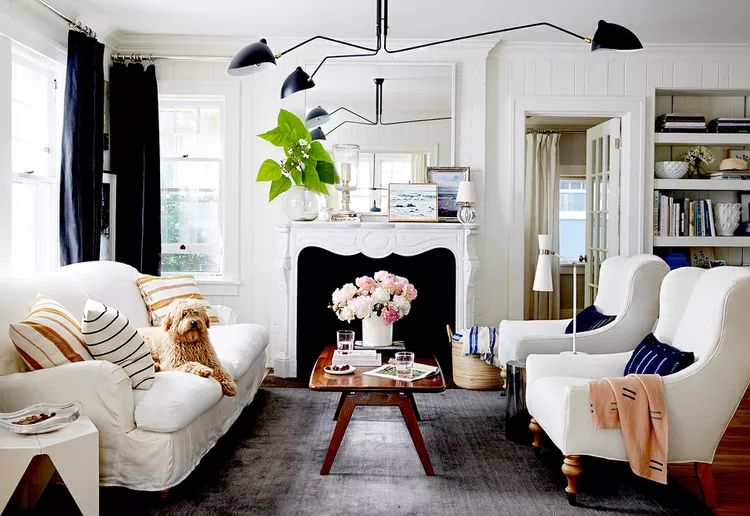
Choosing the right mood for your home is important for several reasons. Firstly, the mood of your home directly affects your emotional well-being and overall comfort. When you enter a space that aligns with the desired mood, it can evoke positive emotions and create a sense of harmony and relaxation. On the other hand, a mismatched or conflicting mood can lead to feelings of discomfort or unease.
“Your home should be a sanctuary, a place where you can express yourself and feel completely at ease.”
Says Kelly Wearstler, Designer
Sets Tone For Activities
The mood of your home sets the tone for the activities and interactions that take place within it. For example, a cozy and intimate mood in the living room can encourage relaxation, conversation, and quality time with loved ones. A bright and energizing mood in a workspace can enhance productivity and creativity. By intentionally selecting the mood of each room, you can create an environment that supports and enhances the activities you want to engage in.
Reflects Your Personal Style
The mood of your home reflects your personal style and taste. It is an expression of your identity and can leave a lasting impression on visitors. By choosing a mood that resonates with you, you can create a space that feels authentic and reflects who you are. It allows you to infuse your personality and create a welcoming atmosphere that represents your unique preferences.
Influences Experience of Space
The mood of your home can influence how others perceive and experience the space. Whether it’s family, friends, or guests, the mood you create sets the stage for their interactions and impressions. A well-chosen mood can make your home more inviting, memorable, and enjoyable for both yourself and your guests.
Sets Mood of Different Seasons
Lastly, the mood of your home can adapt to different seasons, occasions, or personal preferences over time. As your tastes evolve or as you transition between different stages of life, the ability to change the mood of your home allows for flexibility and keeps the space dynamic and fresh.
In summary, choosing the right mood for your home is essential because it directly impacts your emotional well-being, sets the tone for activities, reflects your personal style, influences others’ experiences, and allows for adaptability and growth. It creates a space that is not only visually appealing but also promotes a positive and harmonious atmosphere for you and those who share the space with you.
Related Post: 20 Pro Tips That Will Make Your Bedroom Feel Extra Cozy
Understanding Your Personal Style
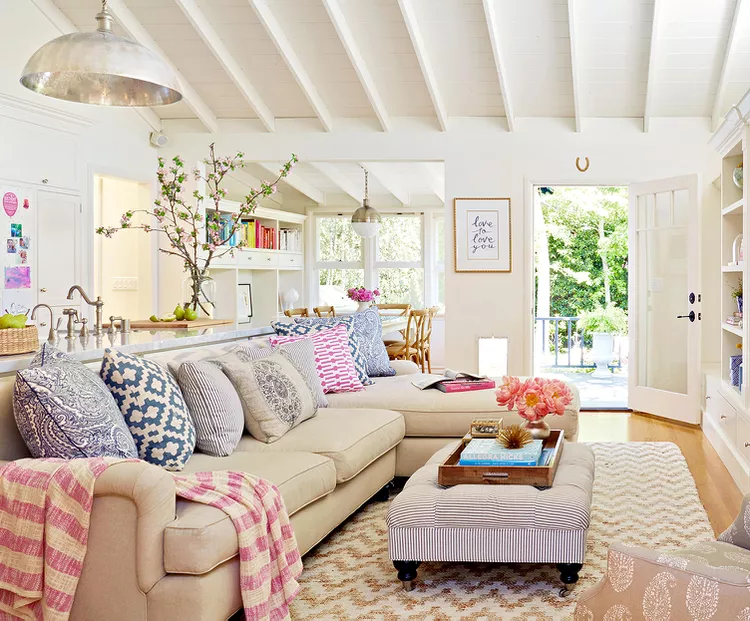
The first step in choosing the right mood for your home is to understand your personal style. Your personal style reflects your preferences, tastes, and the things that bring you joy. Take a moment to think about the colors, patterns, and textures that resonate with you.
Consider the emotions you want your space to evoke and the overall atmosphere you wish to create. Are you drawn to vibrant and energetic spaces, or do you prefer calm and serene environments? By identifying your personal style, you can lay the foundation for selecting the perfect mood for your home decor.
Related Post: How To Find Your Interior Design Style: A Step By Step Guide
Setting the Mood with Colors
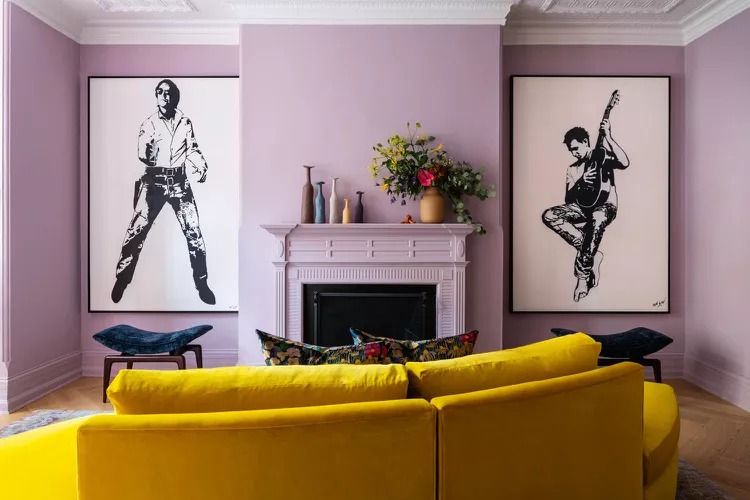
Colors play a crucial role in setting the mood of any space. They have the power to evoke emotions, create visual interest, and impact the overall ambiance of a room. When choosing colors for your home decor, it’s essential to consider the emotions you want to feel in each specific area. Here are a few popular color choices and the moods they typically create:
“The soul of every home is its light. Play with it, layer it, and use it to create the moods and atmospheres you desire.”
Says David Hicks, Designer
- Bold and Vibrant: If you want to create a lively and energetic atmosphere, consider incorporating bold and vibrant colors such as red, orange, or yellow. These colors can stimulate conversation, creativity, and excitement.
- Calm and Serene: For spaces where you want to promote relaxation and tranquility, opt for soft and soothing colors like blue, green, or lavender. These hues have a calming effect and can help create a serene ambiance.
- Neutral and Timeless: If you prefer a more timeless and versatile color palette, neutrals like beige, gray, or white are excellent choices. They provide a neutral backdrop and allow you to introduce pops of color through accessories and decor items.
Remember, colors can have different effects on individuals, so it’s essential to consider your personal preferences and the emotions you want to evoke in your living space.
In addition to colors, textures and patterns also play a significant role in setting the mood of your home. They add visual interest, depth, and dimension to a space, creating a multi-sensory experience. Here are a few ways you can incorporate textures and patterns to enhance the mood of your home:
Incorporating Textures and Patterns
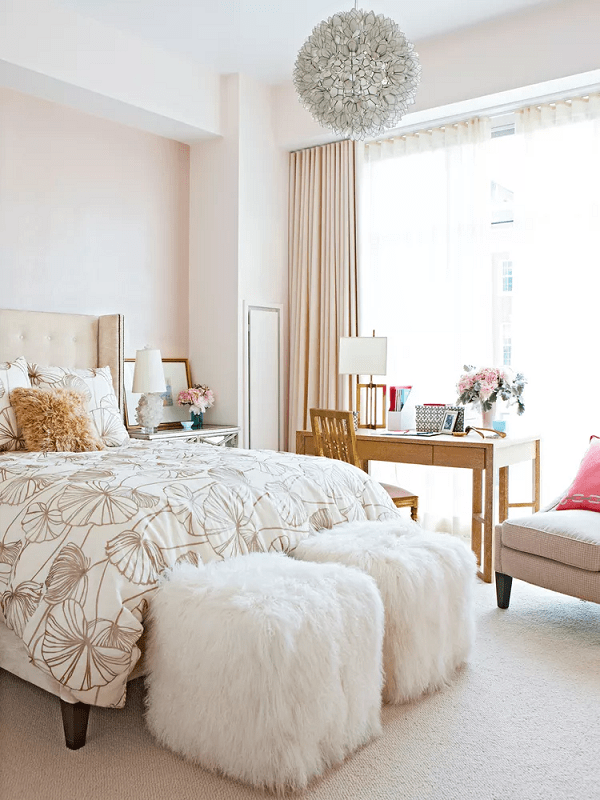
- Cozy and Warm: To create a cozy and warm atmosphere, consider using plush textiles like velvet, faux fur, or knitted fabrics. These textures add a sense of comfort and coziness to your living space.
- Elegant and Luxurious: If you’re aiming for an elegant and luxurious ambiance, incorporate rich textures like silk, satin, or brocade. These fabrics create a sense of opulence and sophistication.
- Playful and Quirky: For a playful and quirky mood, experiment with bold patterns such as geometric shapes, chevron, or polka dots. These patterns can add a sense of whimsy and personality to your decor.
By carefully selecting and layering textures and patterns, you can create a visually appealing and mood-enhancing environment in your home.
Balancing Lighting and Mood
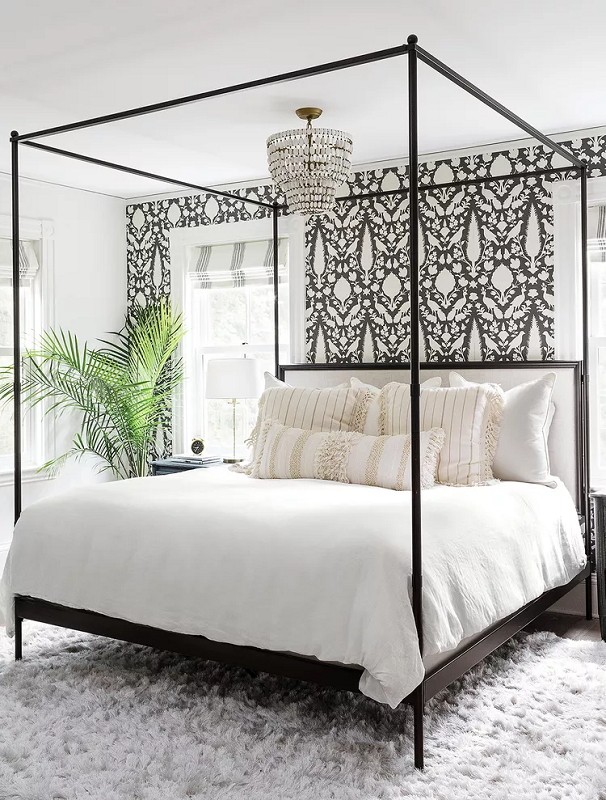
Lighting is a critical element when it comes to setting the mood in your home. The right lighting can transform a space, making it feel warm, inviting, or even dramatic. Consider the following lighting techniques to enhance the mood of your living space:
- Natural Light: Maximize natural light by keeping windows unobstructed and using sheer curtains or blinds. Natural light creates a sense of openness and freshness, which can contribute to a positive mood.
- Ambient Lighting: Use ambient lighting fixtures like chandeliers, pendant lights, or recessed lighting to provide overall illumination. Dimmers can also be added to control the intensity of the light and create a cozy atmosphere.
- Task Lighting: Incorporate task lighting, such as table lamps or under-cabinet lights, to illuminate specific areas for reading, cooking, or working. Task lighting adds functionality and ensures the right amount of light for different activities.
Remember to strike a balance between natural and artificial lighting to create a well-lit and inviting space that aligns with the desired mood.
“If you are looking for a way to style your space with wall art without breaking your piggy bank, then I recommend reading “10 Surprising Benefits of Printable Wall Art”
How Do You Want Your Room To Feel?
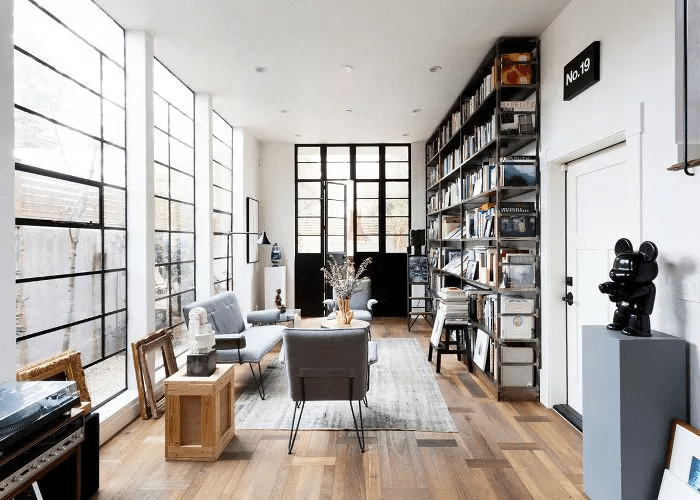
In three words, how do you want your room to feel? When it comes to creating the right mood for your space, it’s helpful to think about the emotions you want to evoke. Consider the following emotional words and choose three that resonate with you the most:
- Cheerful: If you want your room to feel bright, optimistic, and full of positive energy, a cheerful mood is the way to go. Incorporate vibrant colors, playful patterns, and elements that inspire joy.
- Serene: If you prefer a calm and peaceful atmosphere, a serene mood can help create a sense of tranquility. Choose soft, soothing colors, natural textures, and minimalistic design elements to achieve this effect.
- Fresh: To create a fresh and invigorating mood, opt for light and airy colors like pastels or whites. Bring in natural elements such as potted plants or floral patterns to enhance the feeling of freshness.
- Bold: If you want your room to make a statement and exude confidence, a bold mood is perfect. Embrace rich, vibrant colors, striking patterns, and unique furniture or decor pieces to create a bold and memorable space.
- Bright: If you love natural light and want your room to feel open and spacious, a bright mood is ideal. Choose light-colored walls, large windows, and mirrors to maximize the amount of natural light in the room.
- Edgy: For those who prefer a more unconventional and avant-garde atmosphere, an edgy mood can create a sense of intrigue and creativity. Experiment with bold contrasts, unconventional textures, and statement pieces to achieve this edgy vibe.
- Innovative: If you want your room to feel cutting-edge and forward-thinking, an innovative mood is the way to go. Incorporate modern design elements, sleek lines, and the latest technology to create a space that feels innovative and futuristic.
- Trendy: If staying up-to-date with the latest design trends is important to you, a trendy mood can help you achieve a stylish and fashionable space. Stay informed about current design trends and incorporate them into your decor choices.
- Inviting: If you want your room to feel welcoming and comfortable, an inviting mood is essential. Choose warm colors, soft textures, and cozy furniture to create a space where people feel instantly at home.
- Crisp: For a clean and refreshing atmosphere, a crisp mood is perfect. Embrace a minimalist design aesthetic with a focus on clean lines, clutter-free spaces, and a monochromatic color palette.
- Collected: If you prefer an eclectic and curated atmosphere, a collected mood can help you achieve a sense of unique style and individuality. Mix and match different furniture styles, incorporate vintage pieces, and showcase personal mementos to create a collected look.
- Minimal: If simplicity and understated elegance are your preferences, a minimal mood is ideal. Embrace a less-is-more approach with clean, streamlined design, neutral colors, and a focus on functionality.
- Fun: For a playful and lively atmosphere, a fun mood can help you create a space that brings out your inner child. Incorporate bold colors, whimsical patterns, and interactive elements to make your room a place of joy and entertainment.
- Sophisticated: If you want your room to exude elegance and sophistication, a sophisticated mood is the way to go. Choose a refined color palette, incorporate luxurious materials, and opt for timeless design elements that showcase elegance.
- Clean: For a clutter-free and organized space, a clean mood is essential. Embrace storage solutions, minimalistic design, and a focus on cleanliness to create a room that feels fresh and tidy.
- Casual: If you prefer a relaxed and laid-back atmosphere, a casual mood is perfect. Opt for comfortable seating, soft textures, and a mix of casual decor elements to create a space where you can unwind and feel at ease.
- Friendly: For a room that feels welcoming and hospitable, a friendly mood is essential. Incorporate warm colors, comfortable seating arrangements, and elements that encourage social interaction to create a space that promotes friendship and connection.
- Vibrant: If you want your room to feel energetic and full of life, a vibrant mood is ideal. Embrace bold colors, dynamic patterns, and statement pieces to create a visually stimulating environment.
- Timeless: If you prefer a classic and enduring style, a timeless mood is perfect. Choose neutral colors, timeless furniture pieces, and incorporate elements that have stood the test of time.
- Formal: If you want your room to have an air of elegance and formality, a formal mood is ideal. Incorporate sophisticated furniture, refined color palettes, and polished finishes to create a space that feels dignified and upscale.
- High-End: For a luxurious and indulgent atmosphere, a high-end mood is perfect. Opt for opulent materials, exquisite craftsmanship, and upscale design elements to create a room that exudes luxury.
- Neutral: If you prefer a versatile and adaptable space, a neutral mood is essential. Embrace a neutral color palette, minimalist design, and focus on creating a serene environment that allows for personalization through accessories and decor.
- Airy: For a light and breezy atmosphere, an airy mood is ideal. Choose light colors, sheer fabrics, and incorporate elements that create a sense of spaciousness and openness.
Here are five examples of how you can choose three words to describe how you want your room to feel:
- Cheerful, Fresh, Inviting: If you’re aiming for a lively and welcoming ambiance, these words capture the essence of a space filled with positive energy. Incorporate bright colors, natural elements, and comfortable seating to create a room that exudes warmth and cheerfulness.
- Serene, Minimal, Sophisticated: For those seeking a tranquil and refined atmosphere, this combination of words is ideal. Opt for a minimalist design with clean lines, neutral tones, and soft lighting to achieve a serene and sophisticated space that promotes relaxation and calmness.
- Bold, Edgy, Vibrant: If you want to make a statement and create a visually striking room, these words will guide your choices. Embrace bold colors, unique textures, and eye-catching patterns to infuse your space with an edgy and vibrant vibe that sparks creativity and leaves a lasting impression.
- Timeless, High-End, Elegant: For a luxurious and timeless feel, these words encapsulate the desired mood. Choose classic furniture pieces, refined finishes, and a sophisticated color palette to evoke an atmosphere of timeless elegance and elevated style.
- Casual, Friendly, Inviting: To cultivate a laid-back and welcoming space where comfort and hospitality take center stage, this combination of words is perfect. Opt for cozy seating arrangements, warm hues, and personal touches to create a casual and friendly atmosphere that encourages relaxation and conversation.
Remember, these words are just starting points to help you envision the mood you want to create. Feel free to combine them, add your own descriptors, and customize the mood according to your personal style and preferences
Best Colors to Achieve a Welcoming and Warm Living Room, Foyer, Kitchen, and Dining Room:
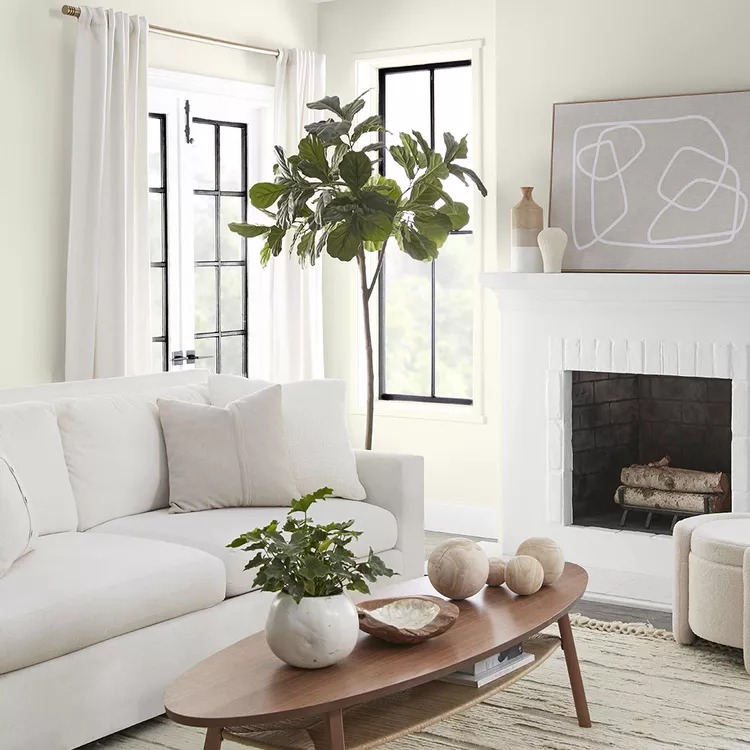
To create a welcoming and warm atmosphere in living rooms, foyers, kitchens, and dining rooms, consider using colors that exude comfort and hospitality. Earthy tones such as warm browns, soft beige, and creamy neutrals can create a cozy and inviting feel.
“Color! What a delightful stimulant. Color! What a wonderful power.”
Says Le Corbusier, Designer
These colors mimic the warmth of natural elements, like wood and stone, and promote a sense of relaxation and togetherness. Warm shades of red, such as terracotta or deep burgundy, can also add a touch of richness and sophistication.
Additionally, incorporating warm shades of yellow or golden hues can infuse the space with a sunny and cheerful ambiance, perfect for gathering and socializing.
Best Colors to Achieve a Productive Home Office:
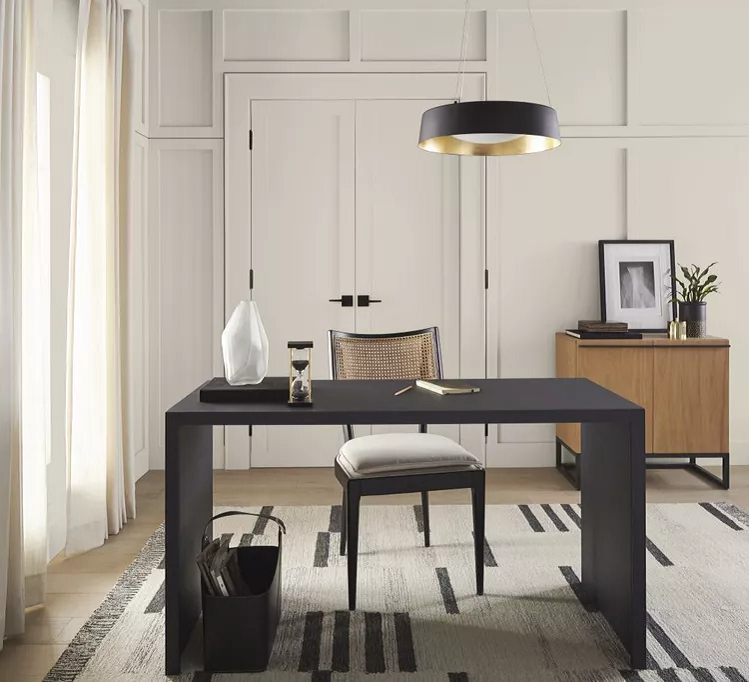
When it comes to designing a productive home office, it’s important to choose colors that promote focus, concentration, and creativity. Cool colors like shades of blue or green can foster a calm and serene environment, reducing stress and enhancing productivity.
Blue is known for its calming effects, while green brings a sense of balance and renewal. Consider incorporating accents of energizing colors like vibrant yellows or invigorating oranges to stimulate motivation and creativity.
However, be mindful not to overuse bright and intense colors, as they can be distracting. Striking a balance between calming and energizing hues will help create an optimal work environment.
Related Post: Best Home Office Design Tips: Create a Functional Workspace
Best Colors to Achieve a Bathroom that is Pure and Clean:
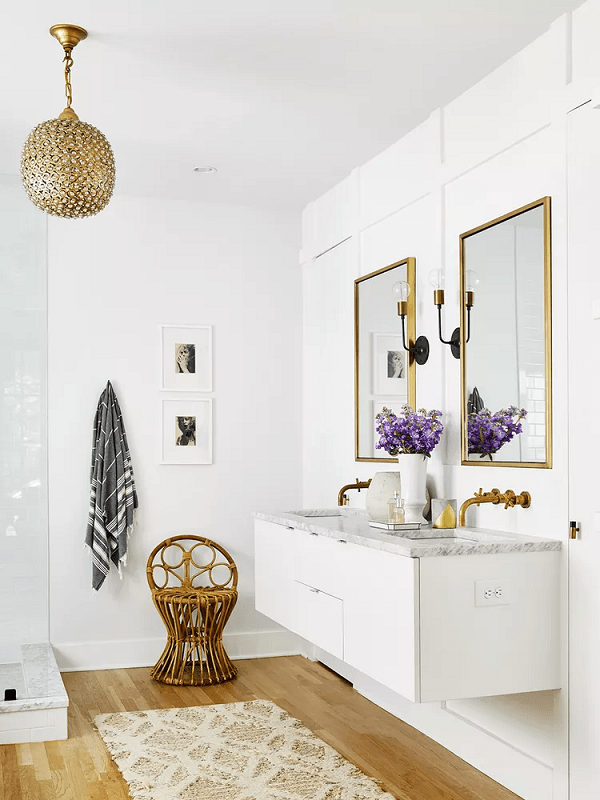
To achieve a bathroom that exudes purity and cleanliness, stick to light and crisp colors. Shades of white, such as pure white, ivory, or off-white, are classic choices that create a fresh and pristine look.
These colors evoke a sense of purity and simplicity, reminiscent of a spa-like atmosphere. Soft pastel colors, such as pale blue or light mint green, can also contribute to a clean and serene bathroom ambiance.
Incorporating subtle textures, such as white subway tiles or a marble countertop, can further enhance the sense of cleanliness and sophistication.
Best Colors to Achieve a Warm, Relaxing Bedroom:
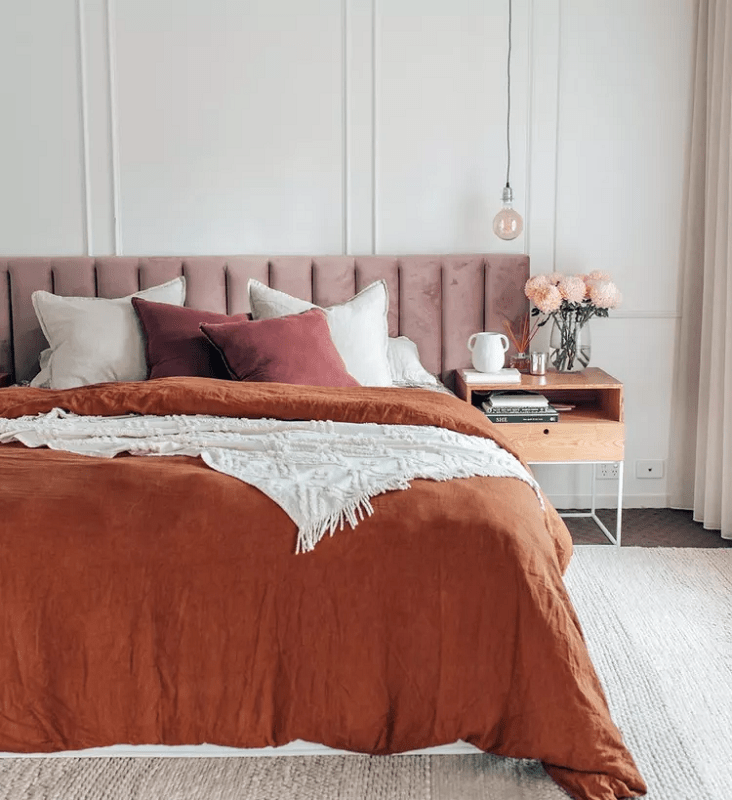
For a warm and relaxing bedroom, consider using soothing and soft colors that promote tranquility and restfulness. Shades of muted blues or lavender can create a serene and calming environment, helping to induce a peaceful sleep.
Soft earthy tones like warm grays, taupe, or gentle greens can also create a cozy and grounding atmosphere. To add warmth, incorporate accents of warm neutrals like beige or soft browns. These colors create a sense of comfort and relaxation, making your bedroom a retreat for rest and rejuvenation. Additionally, consider incorporating soft and ambient lighting to enhance the cozy ambiance further.
Remember, personal preferences and individual tastes play a significant role in choosing colors for different rooms. It’s essential to select colors that resonate with your style, preferences, and the desired mood you want to achieve in each space. By carefully selecting the right colors, you can create harmonious and inviting environments throughout your home.
Related Post: 21 Tips To Make Your Bedroom Elegant and Extra Cozy
How to Choose the Right Mood Without Using Color
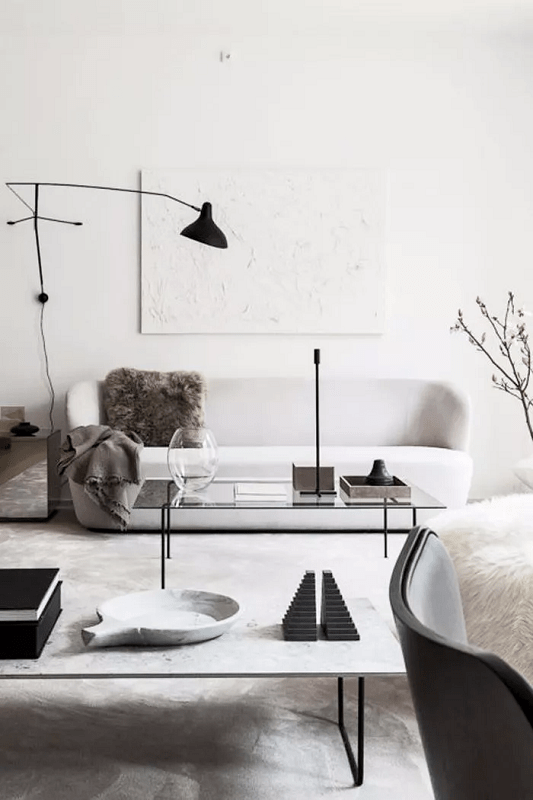
Choosing the right mood for your home doesn’t always have to rely solely on color. While color can play a significant role in setting the mood, there are other factors you can consider to create the desired atmosphere without solely relying on hues. Here are some tips to choose the right mood without relying on color:
- Textures and Materials: Pay attention to the textures and materials used in your home decor. Soft and plush textures like velvet or faux fur can create a cozy and inviting mood, while sleek and glossy surfaces can evoke a more modern and sophisticated ambiance. Consider the tactile experience and choose materials that align with the mood you want to create.
- Lighting: Lighting is a powerful tool for setting the mood. Adjustable lighting fixtures with dimmer switches allow you to control the intensity and create different atmospheres. Soft and warm lighting can enhance a relaxed and intimate mood, while bright and cool lighting can promote focus and energy.
- Furniture and Layout: The style and arrangement of your furniture can contribute to the mood of the space. Furniture with clean lines and minimalistic designs can create a more contemporary and serene atmosphere, while ornate and detailed furniture can evoke a more traditional and formal mood. Pay attention to the scale, proportions, and overall arrangement of furniture to establish the desired mood.
- Accessories and Decor: Decorative accessories and elements can significantly impact the mood of a space. Incorporate items that evoke the emotions you desire, such as soft throw blankets and pillows for coziness, vibrant artwork for energy, or natural elements like plants for a calming and organic feel. Pay attention to the overall theme and symbolism of the accessories to reinforce the desired mood.
- Scents and Sounds: Don’t overlook the power of scents and sounds in creating a mood. Choose candles, diffusers, or air fresheners with scents that align with the desired atmosphere, whether it’s calming lavender or invigorating citrus. Similarly, consider incorporating background music or soothing sounds to enhance the overall ambiance and contribute to the desired mood.
By paying attention to these aspects beyond color, you can create a well-rounded and cohesive mood in your home. Experiment with different textures, lighting techniques, furniture styles, accessories, scents, and sounds to curate a space that reflects the atmosphere you want to achieve.
“Every object in your home should contribute to the story you’re telling about yourself.”
Says Jonathan Adler, Designer
Remember, it’s the combination of these elements that work together to create a holistic and immersive experience in your home.
Also: How to Unite Multiple Rooms with the Same Look: A Comprehensive Guide
Do’s and Don’ts of How to Choose the Right Mood
When it comes to choosing the right mood when decorating your home, there are some important do’s and don’ts to keep in mind. Consider the following guidelines to ensure that you create a harmonious and enjoyable atmosphere:
Do’s:
- Do Consider Your Lifestyle: Take into account your lifestyle and how you plan to use each space. Choose a mood that aligns with your needs and preferences. For example, if you enjoy entertaining guests, create a welcoming and sociable mood in your living areas.
- Do Research and Gather Inspiration: Spend time researching different moods and gathering inspiration from various sources such as design magazines, online platforms, or visiting showrooms. Explore different styles and elements that resonate with you, and use them as a reference when making decisions.
- Do Create a Cohesive Flow: Aim for a cohesive flow throughout your home. While each room can have its own unique mood, ensure that there is a sense of continuity and connection between spaces. Use consistent design elements, color palettes, and overall themes to create a harmonious flow.
- Do Experiment with Textures and Patterns: Incorporate a variety of textures and patterns to add depth and visual interest to your space. Mix different fabrics, materials, and motifs to create a multi-dimensional and layered effect that enhances the chosen mood.
- Do Personalize Your Space: Infuse your personality and personal touches into the decor. Display items that hold sentimental value or reflect your hobbies and interests. Personalizing your space adds a unique and authentic touch that enhances the overall mood.
Don’ts:
- Don’t Overlook Functionality: While creating the right mood is important, don’t sacrifice functionality. Ensure that the chosen mood still allows for practicality and usability of the space. Consider factors such as adequate storage, comfortable seating, and easy movement within the room.
- Don’t Clutter the Space: Avoid cluttering the space with excessive decor or furniture. An overcrowded room can disrupt the desired mood and create a sense of chaos. Embrace minimalism and declutter regularly to maintain a clean and organized atmosphere.
- Don’t Ignore Lighting: Lighting plays a crucial role in setting the mood, so don’t overlook it. Avoid harsh and unflattering lighting, and instead, opt for a combination of natural light, ambient lighting, and task lighting to create a balanced and inviting atmosphere.
- Don’t Rely Solely on Trends: While trends can be a source of inspiration, don’t rely solely on them when choosing the mood for your home. Trends come and go, and it’s important to create a space that reflects your personal style and preferences, rather than simply following what is currently popular.
- Don’t Rush the Process: Choosing the right mood for your home requires thoughtful consideration and planning. Take your time to make decisions, and don’t rush the process. Explore different options, seek advice if needed, and make choices that you feel confident about.
By following these do’s and don’ts, you can navigate the process of choosing the right mood for your home with more confidence and create a space that truly reflects your vision and enhances your lifestyle.
Most Popular Post:
10 Surprising Benefits of Printable Wall Art
15 Must-Have Accessories For Styling A Coffee Table
How to Choose the Perfect Interior Color Scheme for Your Home
Expert Guide On How To Buy A Rug For Each Room
Conclusion
How to Choose the right mood for decorating your home is a deeply personal endeavor that extends beyond mere color selection. It involves considering various elements such as lighting, textures, furniture choices, and personalization to create spaces that not only look visually appealing but also evoke desired emotions and enhance overall well-being.
Throughout this guide, we’ve explored how warm tones can foster a welcoming ambiance, cool hues promote calmness, and neutral colors offer versatility. Additionally, we’ve emphasized the importance of textures, lighting, and personal touches in curating spaces that authentically reflect your style and personality.
Ultimately, your home should be a sanctuary that resonates with your unique personality, bringing you joy, comfort, and a sense of belonging. Embracing the creative process and trusting your intuition enables you to have fun while transforming your living spaces into havens that elicit the desired emotions and fulfill your aspirations.
How To Choose The Right Mood When Decorating (FAQs)
Q: How do I choose the right mood for each room in my home?
A: To choose the right mood for each room, consider the purpose of the space and the emotions you want to evoke. For example, a bedroom might benefit from a calm and relaxing mood, while a living room could have a more vibrant and social ambiance.
Q: Can I mix different moods in my home decor?
A: Yes, you can mix different moods in your home decor. Just ensure there is a cohesive element that ties everything together. For example, you can create a balance by incorporating complementary colors or using similar textures across different rooms.
Q: How can I create a cozy mood in my home?
A: To create a cozy mood, focus on warm and inviting elements such as soft lighting, plush textiles, and comfortable seating. Use warm colors like earth tones and incorporate natural materials like wood or stone.
Q: Are there any specific decor items that can help set the mood?
A: Yes, there are various decor items that can help set the mood in your home. For example, scented candles or essential oil diffusers can create a relaxing atmosphere, while artwork or wall hangings can add personality and visual interest.
Q: Should I consider the size of the room when choosing the mood?
A: Yes, the size of the room can influence the mood you want to create. Larger rooms may benefit from brighter colors and bolder patterns, while smaller spaces may feel more intimate and cozy with softer colors and delicate textures.
Q: How often should I update the mood of my home decor?
A: There’s no fixed timeline for updating the mood of your home decor. It largely depends on your personal preferences and evolving tastes. However, you can consider making changes whenever you feel the need for a fresh look or when transitioning between seasons.
Subscribe To Newsletter!
Subscribe now for an endless feed of inspirational women cave decor ideas, pampering rituals and more tips for curating your ultimate escape. Let’s get started on making your cozy refuge a reality – you so deserve this!
CATCH THE LATEST IN HOME DECOR TRENDS:

Steal These 15 Expert-Approved Decorating Secrets

How To Accessories Your Living Room

Small Space? 10 Ways To Make A Room Appear Bigger

Make Your space Look Expensive
GET CAUGHT UP ON ALL THE INSPIRING DECOR TIPS:

18 Fresh Decorating Ideas To Update Your Fireplace

How To Create An Art Gallery Wall

